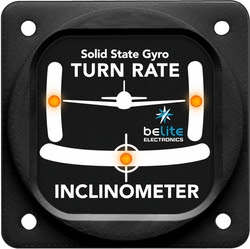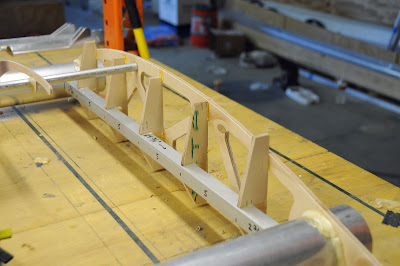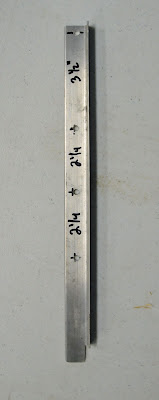So, here's the short version: I successfully flew a Belite UltraCub with a 1/2 VW four stroke engine earlier this afternoon. Over the last couple of months, I'd done some very low altitude hops, but nothing that really qualified as a flight.
Today, success....
With the growling 45HP VW engine sounding like a real aircraft engine, the plane accelerated crisply and was flying... in about 150 feet. Maybe less. I've got the photos to prove it. They are below.
I'd fought some very significant problems related to the center of gravity. The heavy engine with a bad engine mount made the plane want to nose over, (which is thrilling), but is also an excellent way to check the robustness of the landing gear and the new cabin design. We redesigned the engine mount to solve the problem, significantly changing the center of gravity. A series of low altitude hops earlier today proved that the design modifications had resolved the problem, so there was nothing left to do but to fly this new plane around the pattern.
Gene manned the Nikon, taking great takeoff and flight photos.
BTW, the turtledeck is not installed, but has been finished and will be attached and flown soon.
There is a much bigger story to be told here. More in the days ahead.
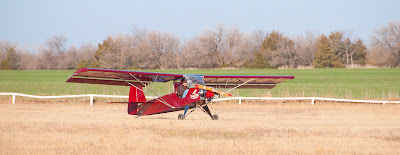 |
| Belite Ultralight Aircraft with 4 stroke VW engine |
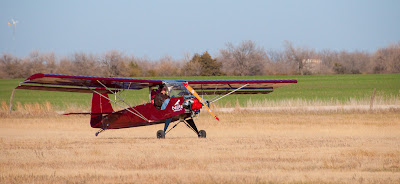 |
| Belite Ultralight Aircraft with 4 stroke VW engine, tail off ground |
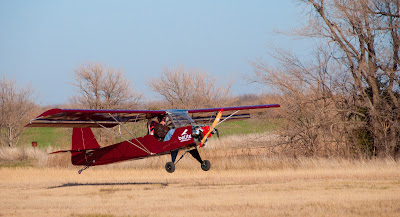 |
| Belite Ultralight Aircraft with 4 stroke VW engine, takeoff! |
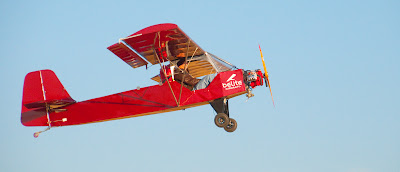 |
| Belite Ultralight Aircraft with 4 stroke VW engine, in flight |
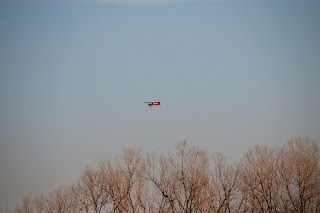 |
| Belite Ultralight Aircraft on maiden flight |
 |
| Redesigned Engine Mount solved CG problem (and lightened the airplane) |

